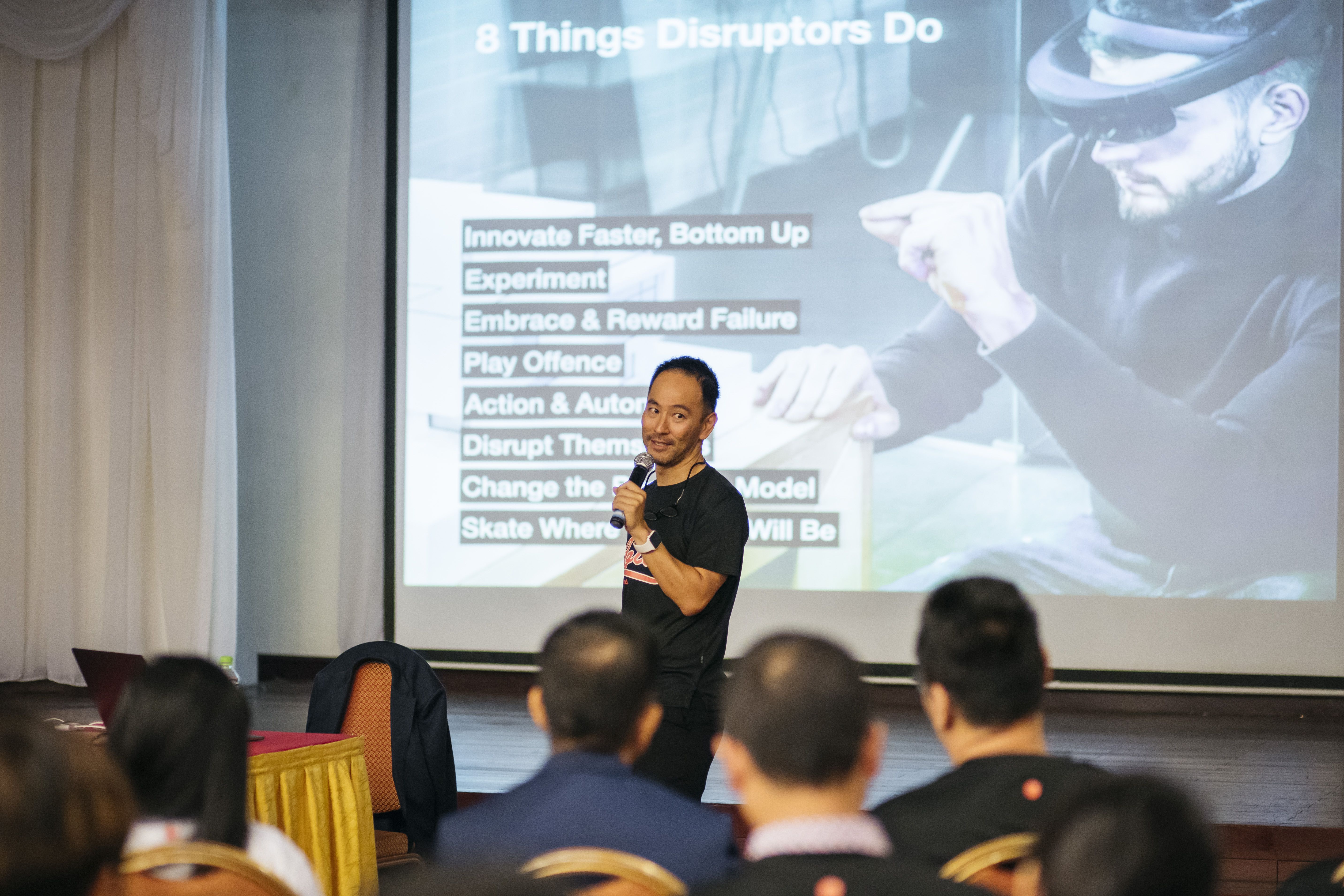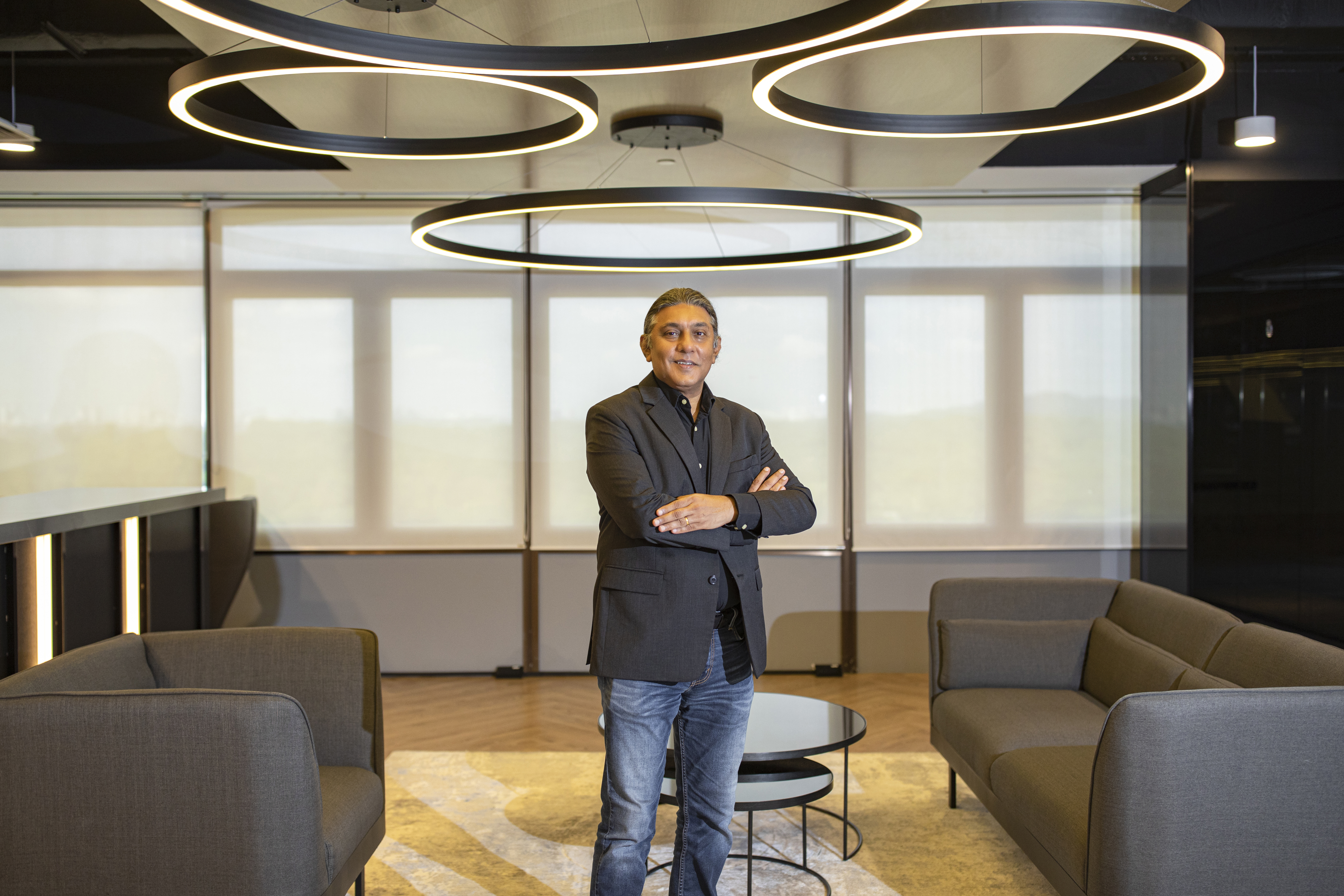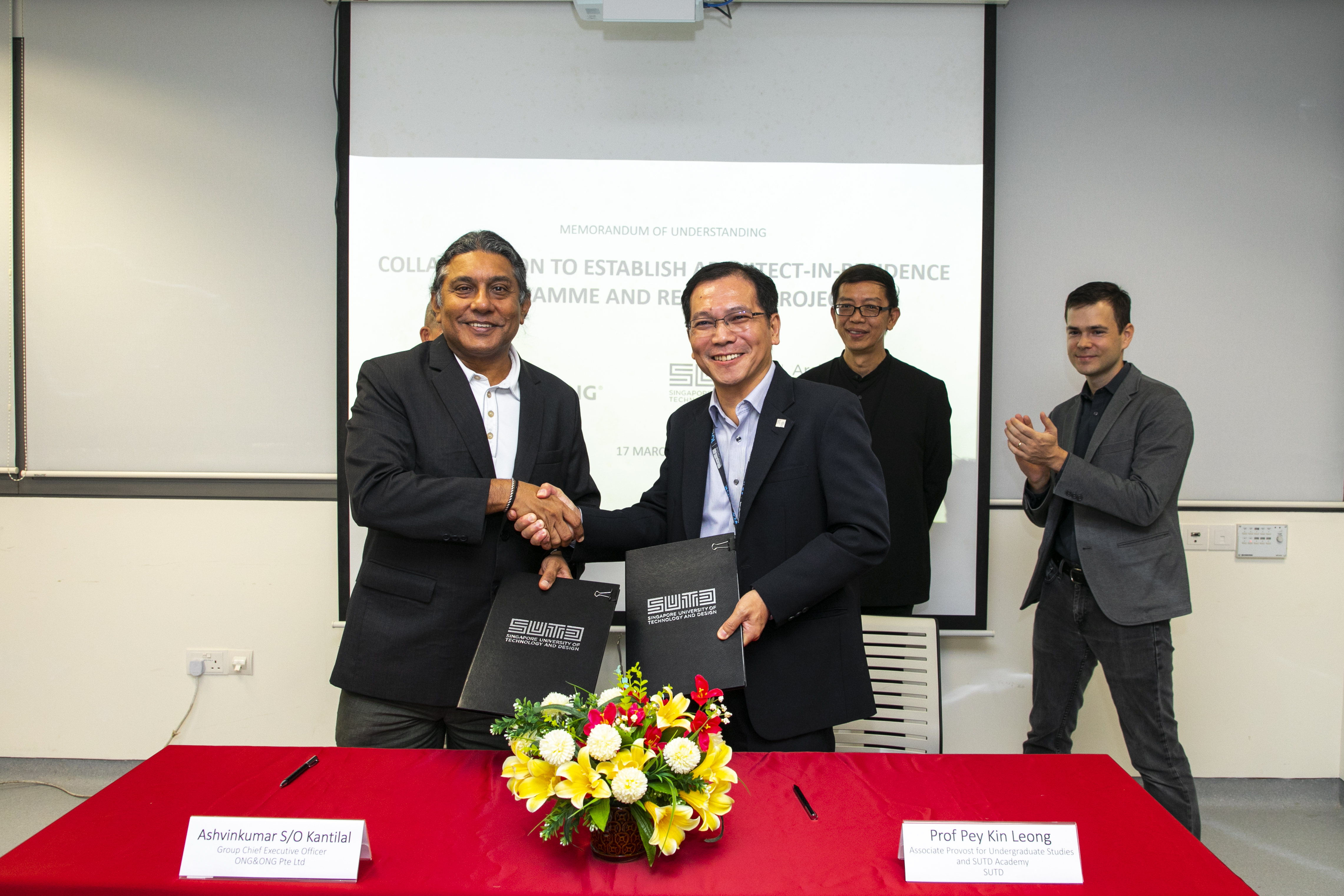Long before COVID-19 turbocharged the global digital shift, the top brass of ONG&ONG Group had already decided to make the switch. It was July 2018, and the leadership team was huddled in a conference room in Ho Chi Minh City during their annual Management Retreat, pondering the architecture company’s future.
|
|
 Mr Ong Tze Boon, Group Executive Chairman, ONG&ONG, at their Annual Management Retreat 2018 Mr Ong Tze Boon, Group Executive Chairman, ONG&ONG, at their Annual Management Retreat 2018
|
|
“The discussion was (about being) a disruptor or being disrupted,” recalled Mr Ashvinkumar Kantilal, its Group Chief Executive Officer. “All the directors within the ONG&ONG Group collectively decided that we would be the disruptors, the first-movers in the transformation journey.”
|
|
 Mr Ashvinkumar Kantilal, Group Chief Executive Officer, ONG&ONG Mr Ashvinkumar Kantilal, Group Chief Executive Officer, ONG&ONG
|
|
It was at the retreat that the directors nailed down a holistic digital transformation approach. Called “Digital Beyond”, it aimed to revolutionise the company’s digital strategy in three areas, or what Mr Ashvinkumar calls the “3 Ws”: workplace, workflow and workforce.
Guided by this blueprint and a determined leadership team, the firm has weathered the COVID-19 pandemic with confidence and strengthened its position as a regional powerhouse in the BE sector.
It has also taken on a thought leadership role by developing an annual event called BeyondX, which showcases the latest technologies in the architecture, engineering and construction sectors, and beyond.
Workplace: Up in the cloud
Rather than transform for the sake of it, Mr Ashvinkumar believes that digitalising the workplace is particularly important for a regional player like ONG&ONG. The firm has offices in seven countries in Asia-Pacific, from Singapore and Vietnam to Mongolia.
Moving all work processes to the cloud, for instance, means daily operations can run with just a secure Wi-Fi router. This allows staff to access common resources from anywhere in the world, achieving unprecedented organisational agility.
Having a cloud system also significantly strengthens and streamlines workflows across borders, assuring clients of consistent quality wherever the project is. “We made the decision to be ahead of the pack (in adopting cloud technology) because this is what clients are looking for,” he said.
The decision in 2018 did not come without risks though. The company invested a sizeable amount in a cloud system, after experimenting with other systems such as virtual desktop infrastructure.
The move proved to be a masterstroke, ensuring business continuity during the pandemic and allowing the company to serve its clients with minimal inconvenience.
Workflows: Automating processes
Other aspects of digitalisation include automating the overall delivery process of design, engineering and project management, which addresses the second “W”, workflow. To do this, an application was developed in-house to speed up project delivery.
It is part of an ongoing process that began when the organisation unveiled a digital roadmap in 2012. The company first adopted Building Information Modelling, followed by Virtual Design and Construction and then Integrated Digital Delivery in 2017.
For some of these processes, the organisation tapped the Building and Construction Authority’s Productivity Innovation Project incentive scheme, which co-funds up to 70 per cent of costs for technology innovations that improve site productivity.
Workforce Success: 1% inspiration and 99% alignment
To Mr Ashvinkumar, the third “W”, workforce, is the glue that holds a company together.
This explains his well-known mantra: “Success is 1 per cent inspiration and 99 per cent alignment.” After all, even the best-laid transformation plans count for nought if there is no buy-in from its 600 employees.
For example, with the shift to the cloud, the need to use heavy hardware or laptops is reduced, as a tablet can be used to run BIM software remotely. But some employees were worried that they would become less productive or slower with a tablet.
“We had to go through this journey of cajoling, explaining and demonstrating to them that the cloud is faster and far more effective than the old system,” he shared.
Fostering a culture of innovation also helps to get staff on board. The organisation has its own corporate university, 360U, which offers programmes and certifications that are recognised even after someone leaves the company.
Another initiative is BeyondX, the annual tech showcase for design leaders across industries to share their insights. “It’s like a festival, a free learning platform for everyone,” said Mr Daniels Chandra, its Director of Design Technology.
Mr Ashvinkumar is thrilled that BeyondX, which took place from July 27-28 this year (2022), has been attracting young talent under-30s – as part of the organisation’s efforts to groom the next generation of BE professionals.
It also has an Architect-in-Residence Studio on the Singapore University of Technology (SUTD) and Design campus, which exposes undergraduates to the practice and gain internship opportunities with the company.
|
|
 Mr Ashvinkumar and Professor Pey Kin Leong, Associate Provost for Undergraduate Studies and SUTD Academy, SUTD, at the MOU Signing of an Architect-in-Residence Studio on March 17, 2020 Mr Ashvinkumar and Professor Pey Kin Leong, Associate Provost for Undergraduate Studies and SUTD Academy, SUTD, at the MOU Signing of an Architect-in-Residence Studio on March 17, 2020
|
|
“In many ways, this is also part of our transformation journey,” he shared. “Sometimes, with the current emphasis on technology, we tend to lose focus on the other intrinsic aspects of that journey such as talent attraction and retention.”
BE firms that are keen to boost their productivity and digitalisation efforts can tap the Productivity Innovation Project (PIP) incentive scheme, which co-funds up to 70 per cent of costs for technology adoption that improves productivity at construction sites. The scheme has been extended until March 2024.